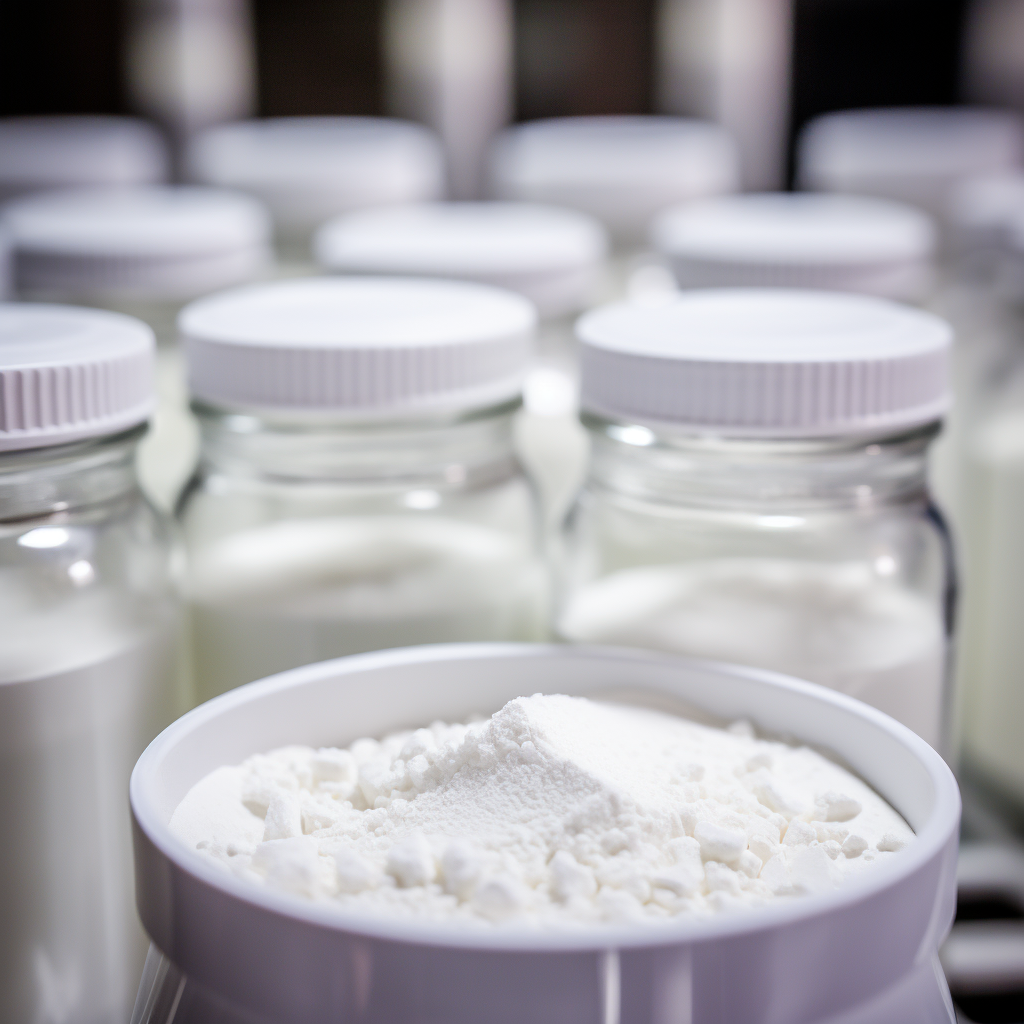Introduction: The Importance of Ergothioneine’s Structure
Ergothioneine (EGT) is a naturally occurring amino acid-derived compound that is well-known for its antioxidant properties. Discovered over 100 years ago, EGT is considered a cellular defender due to its ability to protect cells from oxidative damage, particularly in the mitochondria and nucleus. However, what truly matters for EGT’s effectiveness is its molecular structure, specifically whether it is in the L-form or D-form. The purity of the isomer directly impacts its bioactivity and efficacy in clinical applications and consumer products.

The Difference Between L-Form and D-Form Ergothioneine
Molecular Structure of L- and D-Forms
Ergothioneine exists in two forms: L-form and D-form. These forms are stereoisomers, meaning they have the same chemical composition but different three-dimensional arrangements. The L-form is biologically active in humans, while the D-form is essentially inactive in terms of antioxidant activity.
Biological Activity
The L-form of ergothioneine is absorbed by the human body, where it acts as a potent antioxidant. In contrast, the D-form cannot be utilized by the body’s antioxidant systems. This structural difference is why the L-form is preferred in dietary supplements.
How the Human Body Recognizes and Uses L-Form Ergothioneine
Transport System in the Body
One of the key features of ergothioneine is its specialized transport system. The human body has a specific Ergothioneine Transporter (ETT) that actively recognizes and transports L-ergothioneine to tissues prone to oxidative stress, such as the brain, liver, eyes, and bone marrow. The ETT is highly selective for the L-form, ensuring that the biologically active ergothioneine reaches its target tissues.
Absorption Mechanism
Once absorbed, L-ergothioneine is distributed throughout the body via the bloodstream and actively enters tissues where oxidative damage is most prevalent. Its ability to cross the blood-brain barrier makes it particularly beneficial for brain health and neuroprotection.
Sourcing Ergothioneine: The Shift to Pure L-Form
Traditional Sources: Truffles and Mushrooms
Historically, ergothioneine was derived from rare fungi like black truffles and Reishi mushrooms (Ganoderma). These natural sources provided ergothioneine but were costly and had low yields, making large-scale production impractical.
Chemical Synthesis: D/L Isomer Mixture
To address the limited availability, chemical synthesis was introduced, but this method produced a mixture of both the L-form and D-form, with the D-form offering little to no biological activity. This led to supplements with diminished effectiveness.
Fifth-Generation Fermentation: Enzymatic Fermentation Producing Natural L-Form
The most recent breakthrough in ergothioneine production is enzymatic fermentation, which uses specific enzymes to produce pure L-ergothioneine with >99.99% purity. This method ensures higher bioavailability and potent antioxidant activity compared to synthetic forms, making it ideal for supplements.
Advantages of Fifth-Generation Fermentation:
- High purity with 100% L-form ergothioneine
- Scalable and cost-effective
- Solvent-free and clean-label compatible
Why D-Form Is Ineffective and How It Affects Supplement Quality
Absorption Issues with D-Form
The D-form of ergothioneine cannot be absorbed by the body because it lacks the active transport mechanisms necessary to cross cell membranes. As a result, D-ergothioneine cannot participate in the body’s antioxidant defense systems, rendering it inactive.
The Importance of L-Form in Supplement Efficacy
Numerous studies show that L-ergothioneine exhibits significant antioxidant activity, while products containing a D/L mixture are much less effective. This is why supplements containing only the L-form of ergothioneine are recommended for consumers seeking maximum health benefits.
What B2B Buyers Should Know About Ergothioneine Purity
COA (Certificate of Analysis) and Its Role
For B2B buyers, ensuring that ergothioneine products are 100% L-form is essential. The Certificate of Analysis (COA) is a critical document that verifies the purity of the raw material and the final product. A reliable supplier should provide proof of L-form purity to ensure the product’s efficacy.
Common Pitfalls in Sourcing Ergothioneine
- Low-quality ergothioneine: Some suppliers offer products with an unverified mixture of isomers.
- Lack of clinical data: Always ensure the product is backed by clinical research showing bioavailability and efficacy.
- Non-compliance with regulatory standards: Ensure the product meets safety and quality standards.
B2B buyers should prioritize suppliers that offer transparent COAs, third-party testing, and clinical research to ensure high-quality L-ergothioneine.
Conclusion: The Future of Ergothioneine in Nutraceuticals
Ergothioneine, particularly in its L-form, is a powerful antioxidant with significant potential for cellular protection and health optimization. With the advancements in enzymatic fermentation, pure L-ergothioneine is now more accessible and effective than ever before. As production methods continue to improve, this ingredient is poised to become a cornerstone of advanced antioxidant supplementation. For brands and B2B buyers, ensuring L-form purity is critical for delivering effective, bioactive products that support cellular health.